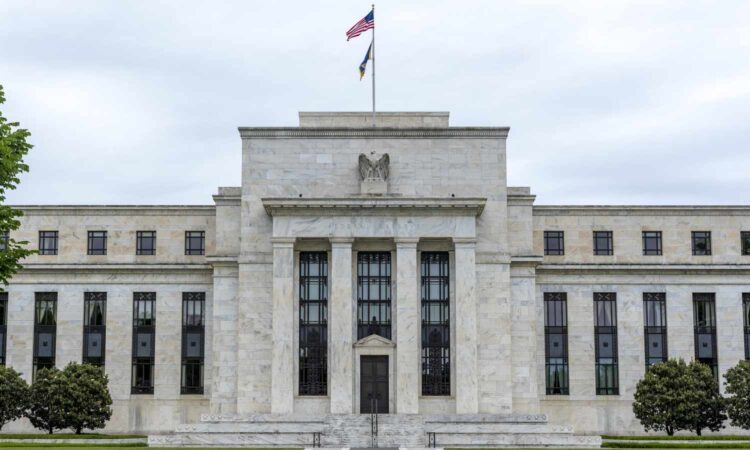
At the start of February, traders were betting that the Fed was almost done raising rates. What a difference a month makes.
Officials at the Fed and European central banks indicated this week that containing inflation could mean keeping interest rates higher for longer than they had previously estimated, after a series of economic reports in February showed inflation, and the economy, running hotter than expected.
That high rates will put more of a financial squeeze on the budgets of businesses and consumers.
Markets are now betting the Fed won’t stop raising its benchmark fed funds rate until it hits a 5.25% to 5.5% range or higher, according to the CME Fedwatch tool, which forecasts rate hikes based on trading activity.
“Last month we received a barrage of data that has challenged my view in January that the Federal Open Market Committee (FOMC) was making significant progress in moderating economic activity and reducing inflation,” Christopher Waller, a Fed governor and member of the central bank’s policy committee, said in prepared remarks on Thursday.
IThe data has “tilted recent Fed communications in a more hawkish direction,” economists at Deutsche Bank said in a commentary on Wednesday, reiterating their prediction that the Fed will keep hiking until its rate hits the 5.5% to 5.75% range, which would be one percentage point higher than it is now, and the highest since 2001.
Officials at the Bank of England and the European Central Bank voiced similar sentiments.
The British economy had proved “slightly stronger than anticipated,” BOE chief economist Huw Pill said in a speech Thursday. The European Central Bank could respond to stubborn inflation in the European Union by eventually raising its interest rate to 4%, a full percentage point and a half higher than its current level, ECB official Pierre Wunsch told reporters Thursday.





